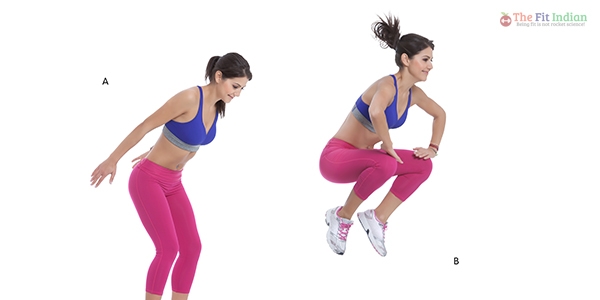

The knee HAL-SJ training may have contributed to these results from a neurophysiological perspective by lowering the co-contraction of knee muscles, which would correct impairment of the antagonistic or synergistic muscles. The findings of this study indicate the feasibility and safety of HAL-SJ training as a neuromuscular rehabilitation tool after anterior cruciate ligament reconstruction. The muscle co-contraction index during extension tended to be lower after HAL-SJ training. The Tegner Activity Scale and Lysholm Knee Questionnaire scores also significantly increased after knee HAL training. The active range of motion significantly increased in both extension and flexion, and the range of motion in passive flexion significantly increased. The peak muscle torque was higher at all velocities after HAL-SJ training. Surface electromyography of the quadriceps and hamstring muscles was performed in 4 of the 11 patients during each session and the muscle co-contraction index was calculated. Physical evaluations were conducted before and after HAL-SJ training. Patients were monitored for HAL-SJ-related adverse events. HAL-SJ-assisted knee extension and flexion exercises were commenced in 11 patients 18 weeks after reconstruction exercises were performed once a week for three weeks at a frequency of five sets of ten repetitions. In this study, we investigated the feasibility and safety of a wearable exoskeleton robot suit and whether knee training using this device could improve functional outcomes after anterior cruciate ligament reconstruction. To achieve better outcomes, neuromuscular and biomechanical factors should be considered in rehabilitation after anterior cruciate ligament reconstruction. The contribution of joints to the absorbed energy during DJ landing might be used as an assessment tool to identify patients with radiological signs of knee OA after ACLR. The OA group may have adopted a compensatory pattern characterized by a decreased involved knee and increased involved hip to attenuate absorbed energy compared to the Non-OA group and their non-involved limb. The OA group also had higher involved hip contribution than the Non-OA group (p = 0.010), lower involved knee (p = 0.002), and higher involved hip contribution than the non-involved limb during DJ 20 cm. While the Non-OA group had a lower involved ankle contribution (p = 0.045) compared to their non-involved ankle during DJ 40 cm. The OA group had a lower involved knee (p = 0.043) and higher involved hip contributions (p = 0.014) compared to the Non-OA group, and the non-involved knee (p = 0.007). There was a significant joint-by-group-by-limb interaction for the contribution of joints to absorbed energy during DJ 40 cm (p ≤ 0.019) and a joint-by-group interaction for the contribution of joints during DJ 20 cm (p = 0.018). Posterior-anterior bent-knee radiographs were completed and graded in the medial compartment of the reconstructed knee using the Kellgren-Lawrence (KL) system (OA group: KL ≥2 Non-OA group: KL<2) RESULTS: Thirteen (31.7%) athletes showed radiological signs of knee OA in the medial compartment. Proportional contribution of the joints (foot, ankle, knee, and hip) to the absorbed energy were computed.

This study aimed to determine the differences in the contribution of joints to the absorbed energy between athletes with and without radiological signs of knee OA 2 years after ACLR during drop jump (DJ) landing from 20, 30, and 40 cm.įorty-one (level I/II) athletes 2 years after ACLR participated in this cross-sectional study and completed motion analysis testing of DJ. Patients demonstrate decreased knee loading and energy absorption after anterior cruciate ligament reconstruction (ACLR).


 0 kommentar(er)
0 kommentar(er)
